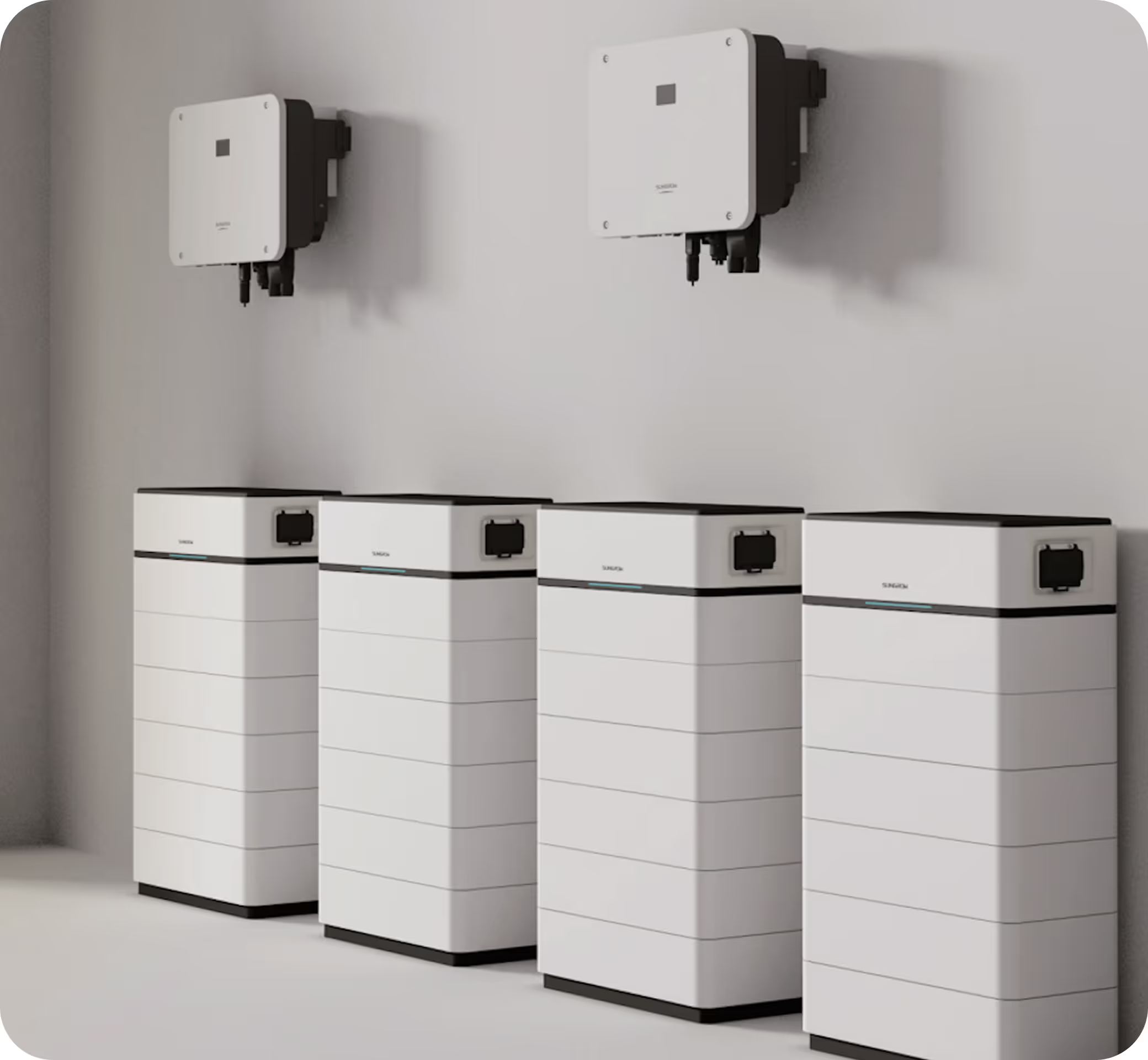Explore Battery Rebates

Australia has been rolling out generous incentives for home battery installations through the Cheaper Home Batteries Program, while the ACT and NSW are providing additional support. This page explains the available rebates, eligibility rules, stacking options, and claim process so you can make the most of these savings in 2025 and beyond.
%20(2).avif)
Why These Rebates Matter?
- Lower upfront cost of battery systems
- Greater use of self-generated solar energy rather than exporting it to the grid
- Protection against rising electricity prices and bill increases
- Enhanced energy independence and grid stability
- Contribution to Australia’s clean energy and carbon reduction goals
We’ll recommend a battery solution that suits your energy use, goals, and budget. Our installation includes safety-compliant integration with your existing solar system, whether it was installed by us or another provider.
ACT Government Incentives and Support
The ACT Government offers additional support through the Sustainable Household Scheme.
Available Options
- Interest-free loans of $2,000 to $15,000, repayable over up to 10 years.
- The loan can be used for batteries, solar systems, or other energy efficiency upgrades.
- Concession card holders may be eligible for extra rebates of up to $5,000 under the Home Energy Support Program.
Summary
In the ACT, you can combine the federal rebate with an ACT interest-free loan and, if eligible, additional support for concession card holders. This combination helps reduce the upfront cost of installing a home battery system.
NSW Incentives and Support
NSW has introduced several battery incentives that work alongside the federal program.
Key Features
- From 1 July 2025, NSW households can receive up to $1,500 for connecting a battery to a Virtual Power Plant (VPP).
- The NSW and Commonwealth governments are coordinating to double battery incentives for VPP participants.
- NSW’s Peak Demand Reduction Scheme (PDRS) and Energy Savings Scheme (ESS) may also provide extra support.
Note: Some earlier NSW battery programs cannot be combined with the new federal rebate, so always confirm eligibility before installation.
Summary
In NSW, by joining a Virtual Power Plant, you may receive an additional $1,500 rebate on top of the federal incentive. This can add up to around $5,000 in total benefits for some systems.
Combining Rebates for Maximum Benefit
The federal rebate can be combined with ACT or NSW incentives.
To maximise benefits:
- Check eligibility for each program before installation.
- Ensure your retailer understands how to apply multiple incentives.
- Plan your battery size and electricity meter setup carefully.
- Act early, as the federal rebate value will decline over time.
Example Rebates with the Installation of Battery
If you install a 32 kWh battery, the federal rebate (around $350 to $370 per usable kWh) could save you approximately $11,000 to $11,800 upfront.
In NSW, joining a Virtual Power Plant (VPP) could add an additional $1,500 in incentives, bringing total potential savings to around $12,500 to $13,300.
In the ACT, you could combine the federal rebate with a zero-interest loan of up to $15,000 through the Sustainable Household Scheme to further reduce the upfront cost of installation.
Disclaimer:
This example is for illustrative purposes only. Actual savings will vary depending on battery capacity, installer pricing, eligibility criteria, and future government program changes.
How to Apply to the Government Rebates?
1. Check eligibility based on your location, property ownership, and existing solar setup.
2. Request multiple quotes from Clean Energy Council accredited installers.
3. Confirm that your installer will apply the federal rebate directly.
4. Apply for ACT or NSW programs if applicable.Ensure all compliance paperwork is completed.
5. Register your battery in a Virtual Power Plant if you wish to access extra incentives.
6. Keep all documentation for your records.
Frequently asked questions
No. The federal battery rebate is applied upfront by your accredited installer or retailer. They handle the application and paperwork on your behalf, so the discount appears directly on your invoice.
In most cases, the property owner receives the rebate. However, renters can discuss installation options with their landlord, who may choose to install a system and pass on energy savings through reduced bills or rent adjustments.
Yes. You can add a battery to an existing solar system, provided both the system and installer meet the eligibility requirements under the current rebate programs.
The ACT and NSW programs are separate from the federal rebate and can often be combined. For example, ACT residents can access an interest-free loan in addition to the federal rebate, while NSW residents may receive an extra incentive for connecting to a Virtual Power Plant (VPP).
The federal Cheaper Home Batteries Program is expected to run from 1 July 2025 until 2030. However, the rebate value will gradually decline each year as battery prices fall, so installing earlier may provide greater savings.
A Virtual Power Plant connects home batteries together through smart software to support the electricity grid during peak times. By joining a VPP, you can earn extra incentives and sometimes receive payments for energy supplied back to the grid. In NSW, joining a VPP can unlock an additional rebate of up to $1,500.
At this stage, the federal rebate does not include income or property value caps. However, some ACT and NSW programs may have additional criteria, especially for concession card holders or low-income households. Always check program guidelines before applying.
Yes, ongoing maintenance is recommended. While the rebate is applied at installation, manufacturers and government programs may require that your battery system is kept in safe, working condition. Regular servicing also helps ensure performance, safety, and warranty compliance.
Disclaimer: The information on this page is current as of October 2025. Rebate amounts, eligibility, and program details may change. Always confirm the latest information with government websites or your installer before making any purchase or installation decision. Decarby Pty Ltd accepts no responsibility for changes to government rebate programs.